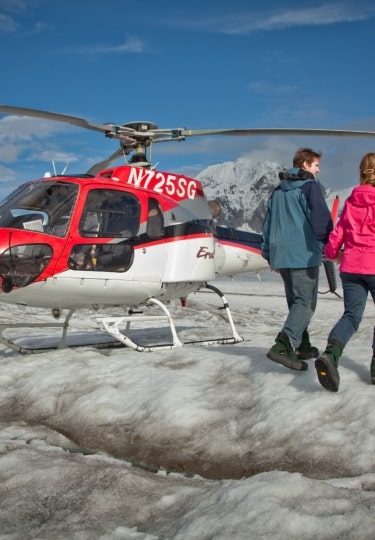The best time to visit Alaska is during its summer season, between May and September. June is usually the driest month with the finest weather.
During this summer period, you’ll enjoy long hours of daylight and have every opportunity to appreciate the pristine forests, mountains, glaciers, and wildlife of the 49th state.
Visiting Alaska By Season
Summer
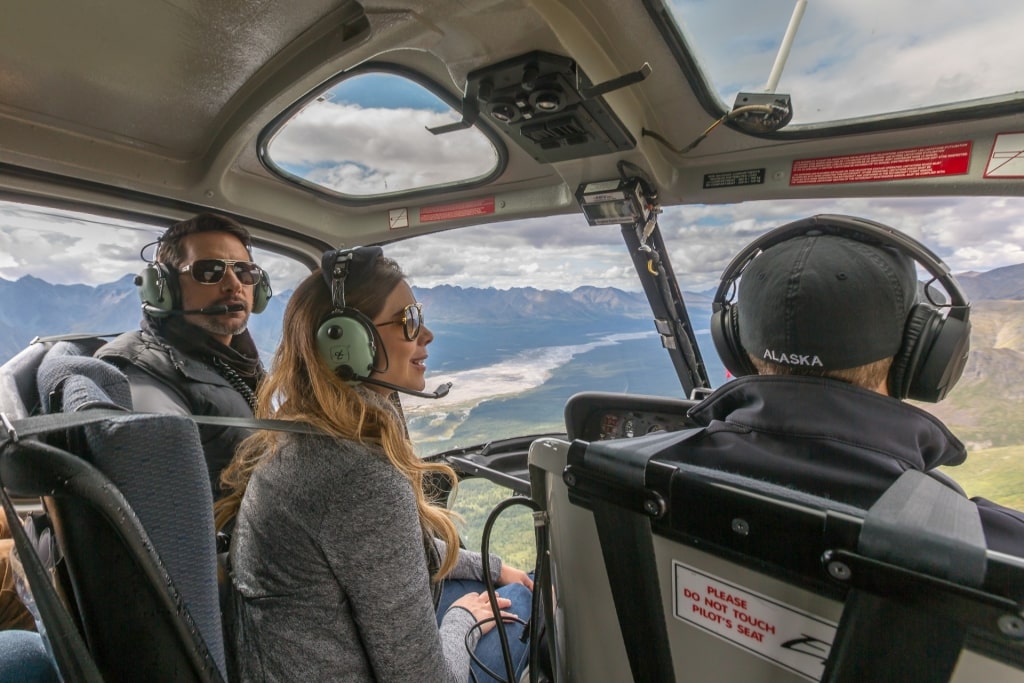
Denali
Alaska’s summer is short, spanning June and July into mid-August. Temperatures range from 63°F (17°C) in June to 65°F (18°C) in July, with 18 hours of daylight.
This is the best time to go to Alaska for adventurous activities such as glacier trekking and float plane excursions.
You could spot seals with pups and bears with cubs during this time. Salmon are spawning, peaking in July, when bears come down to the rivers to feast. Hiking trails are open (bear activity permitting) and the landscape is lush and green.
Fall
Mid-August to mid-October is considered fall in Alaska, with temperatures from 50°F (10°C) to 64°F (17°C). By the end of August, the brilliant colors of the fall foliage begin to emerge as the leaves turn scarlet and ochre.
Alaskan wildlife is still active; the salmon runs are almost over, but bears are gorging on what’s left to fatten up for the winter. Humpback whales, which migrate here from Hawaii for the summer, stay around until September.
By September, the first snowfall dusts the mountaintops and rainfall increases; Juneau, for example, may receive more than eight inches of rain. Daytime highs still reach up to 58°F (14°C), and by night, you could spot the Northern Lights shimmering in the sky.
Winter
Winters in Alaska, from November through March, are bitterly cold, with an eerie beauty. Dense snow covers the mountains and the tundra and days are short.
Temperatures hover around freezing in the shoulder months and in Juneau, as an example, drop to between 25.7°F (-3.5°C) and 18.7°F (-7.4°C) in January. In the Inside Passage, however, the sea doesn’t freeze.
Winter sports fans and aurora-chasers visit between October and April, but these are very much low-season months.
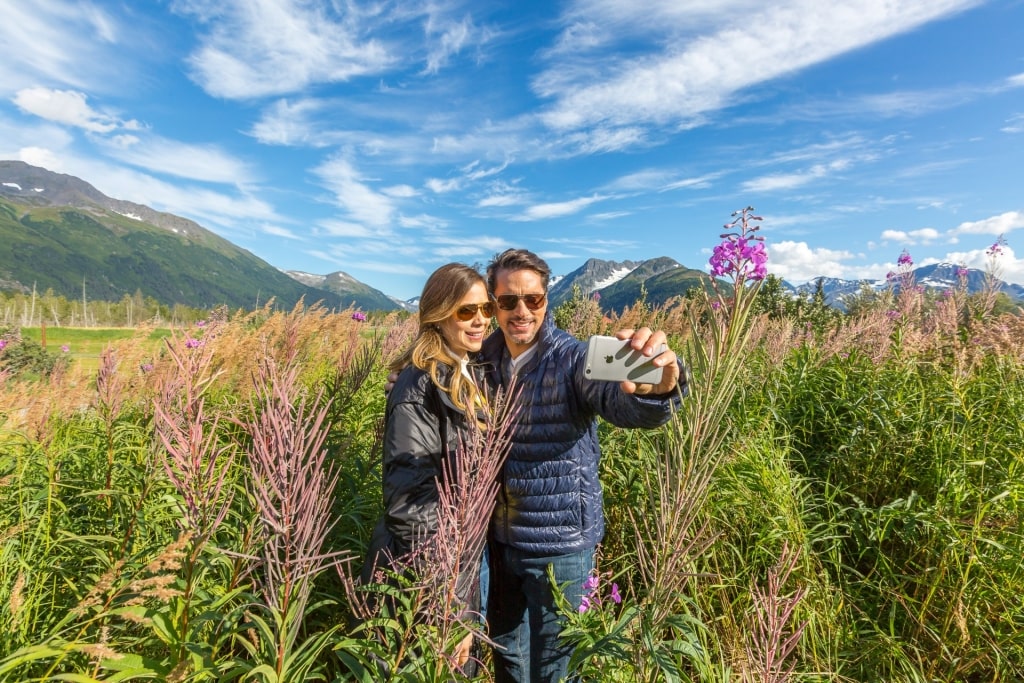
Alaska Wildlife Conservation Center, Seward
Spring
Starting in late April, everything is beginning to wake up after the long, harsh winter. Bears have emerged from hibernation, while wildflowers are beginning to bloom. Snow is still draped over the mountaintops and the glaciers are sparkling.
With the deciduous trees not fully in leaf yet, you’ll have a good chance of spotting bears and moose, while gray whales, as well as the resident orcas, feed in the nutrient-rich waters. If you don’t mind the colder weather, spring can be the best time to visit Alaska.
Daytime highs range from around 47°F (8°C) in April to a balmier 56°F (13°C) in May, which is also one of the driest months of the year. But everything is relative and even in May, you should pack walking shoes and waterproofs.
When Is Rainy Season?
Alaska can be prone to rain, drizzle, and mist at any time. The wettest (or snowiest) months are from July to January.
Alaska is a vast state with huge climatic variation, but as an example, in Juneau, October is the rainiest month with 199 mm (eight inches) of precipitation. In contrast, Juneau receives just 70mm, or three inches of rain during April, one of the driest months.
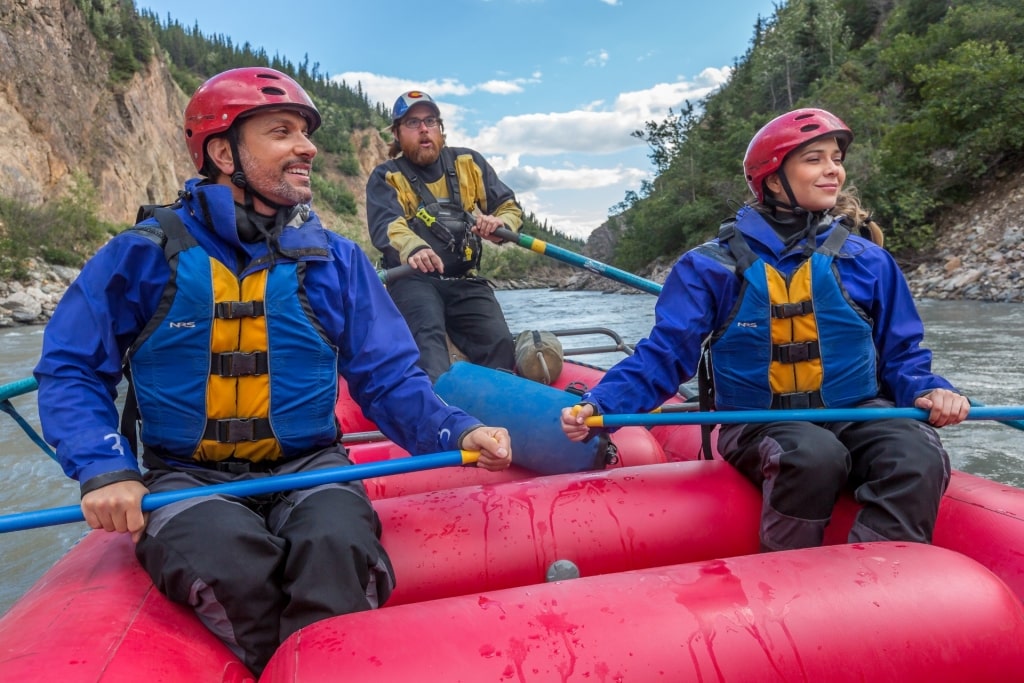
Denali National Park
When Is High Season?
June through mid-August is peak season in Alaska, with June the driest month. High season is a time of peak wildlife activity; bears feasting on salmon, abundant whales to spot, and seals basking on the beaches, or bobbing around in the water.
This is a great time to head north to Denali National Park, too, for wildlife watching, hiking, and river rafting in Alaska.
Come prepared for all weather, with good walking shoes, waterproofs, and layers and make the most of the great outdoors for which Alaska is so famous.
When Is Shoulder Season?
Shoulder season in Alaska is the cooler spring period of April and early May, and then at the end of summer, September into mid-October.
There will be fewer visitors around, and Alaska in September and October is likely to be rainy, but weather is rarely a deterrent from wildlife watching or outdoor activities.
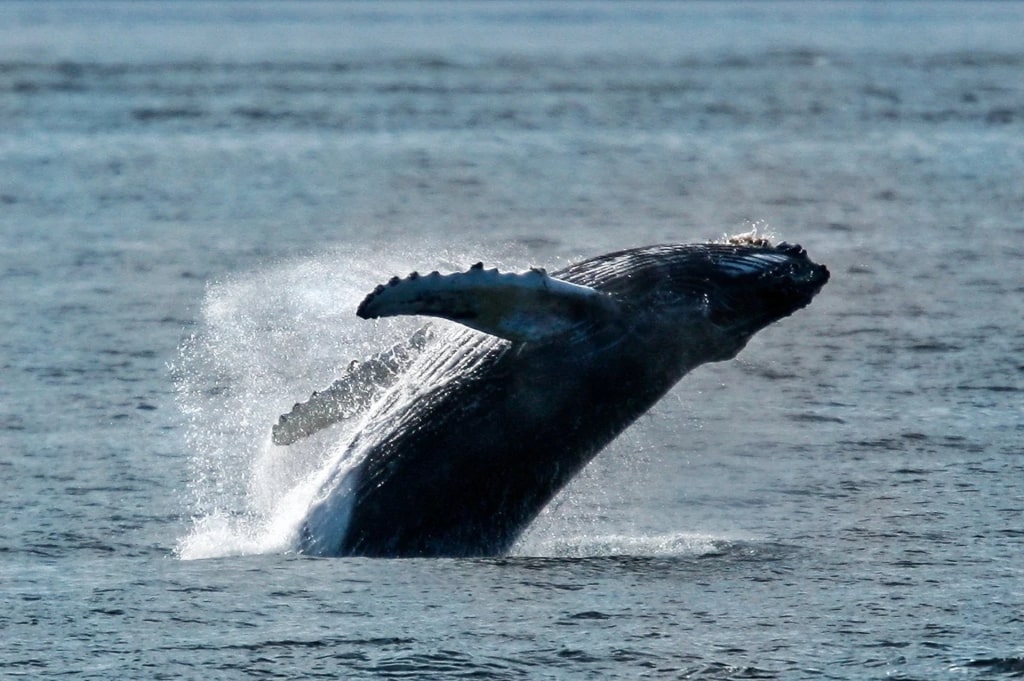
Humpback whale
When Is Low Season?
Low season in Alaska is from mid-October to mid-April. The only real reason you’d be likely to visit for tourism purposes during these cold months with short days is for winter sports or aurora-chasing.
Would you like to discover Alaska’s pristine beauty for yourself? Browse our Alaskan cruises and find the perfect itinerary.
